
Identifying ocean areas with a deep layer of warm water—places that are storing large amounts of heat—is important for scientists trying to predict whether or not a hurricane will intensify.
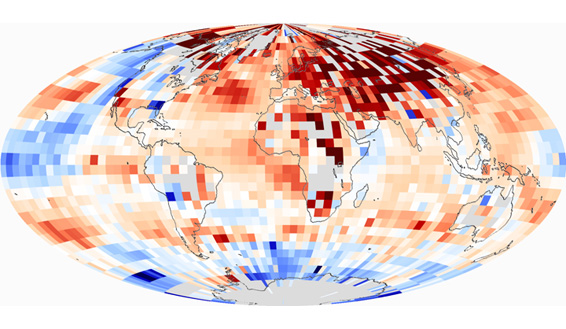
Each of the last three decades was warmer than all earlier decades in the instrumental record, and each set a new and statistically significant record, culminating in the 2000s, which was the warmest decade of all.
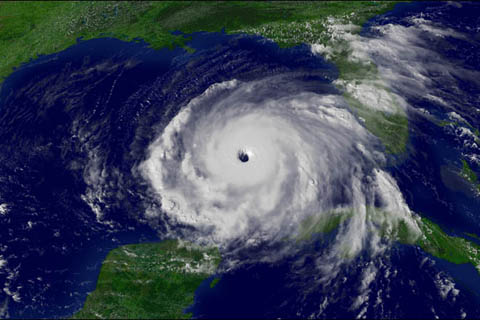
Christopher Landsea, of NOAA’s National Hurricane Center, works with tropical storm data and other hurricane experts to figure out how our warming world will affect hurricanes. Find out what current research tells us about hurricanes in the future.

State of the Climate in 2009
July 28, 2010
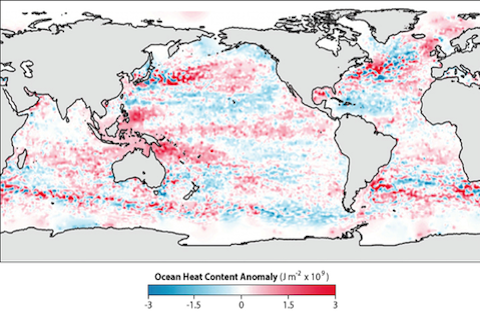
Recent studies show the world’s ocean is heating up as it absorbs most of the extra heat being added to the climate system from the build-up of heat-trapping gases in the atmosphere. This climate trend, and many others, are documented in NOAA’s newly released 2009 State of the Climate Report.
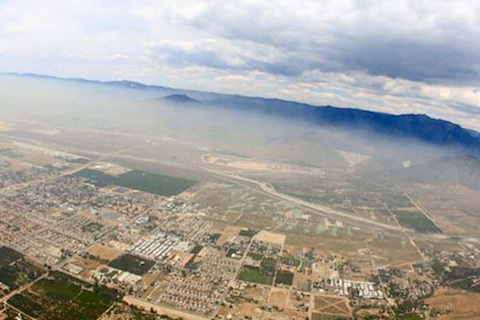
CalNex—an intense data collection campaign to characterize the complicated interactions of air quality and climate over California—used an array of instruments and platforms this spring for a close look at greenhouse gases and pollutants.

The impacts of climate change and sea level rise have the potential to contaminate facilities and natural resources in the Pacific Northwest. Now, coastal managers have a new tool to help them visualize future changes and decide how they might avoid these problems.
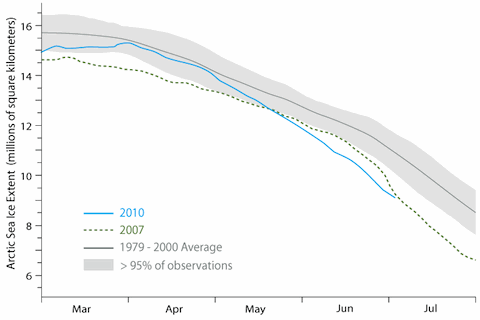
In 2007, Arctic sea ice retreated so dramatically that it broke all previous records for sea ice minimum for July through October. Is this year’s summer ice melt season on track to surpass 2007?

In 1938, an unexpected Category 3 hurricane plowed across Long Island and into Connecticut. Could history repeat itself?
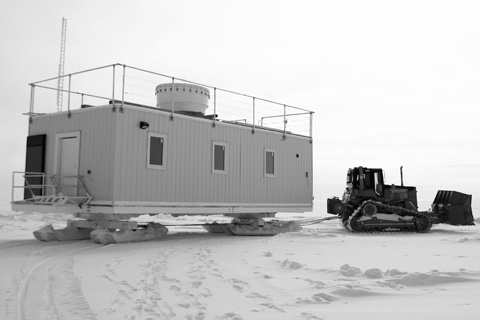
At the highest point atop the Greenland Ice Sheet, Matthew Shupe and his colleagues are installing a suite of climate and weather instruments. Their goal is to better understand the role of clouds in the rapid warming observed across the Arctic region.